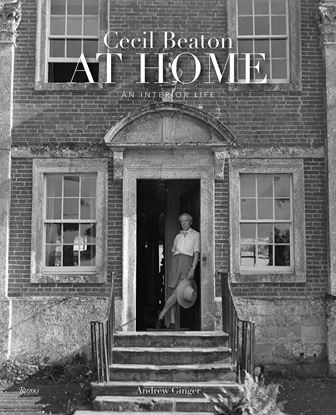

CASE STUDY HOUSES. 1945-1966 (40) (INT)
The Case Study House program (1945–1966) was an exceptional, innovative event in the history of American architecture and remains to this day unique. The program, which concentrated on the Los Angeles area and oversaw the design of 36 prototype homes, sought to make available plans for modern residences that could be easily and cheaply constructed during the postwar building boom.
The program’s chief motivating force was Arts & Architecture editor John Entenza, a champion of modernism who had all the right connections to attract some of architecture’s greatest talents, such as Richard Neutra, Charles and Ray Eames, and Eero Saarinen. Highly experimental, the program generated houses that were designed to redefine the modern home, and had a pronounced influence on architecture―American and international―both during the program’s existence and even to this day.
TASCHEN brings you a retrospective of the entire program with comprehensive documentation, brilliant photographs from the period and, for the houses still in existence, contemporary photos, as well as extensive floor plans and sketches.
2,200
CAZU ZEGERS. ARCHITECTURE IN POETIC
This is the first major book on Zegers, who practices an intensely artistic and ecological form of architecture based on landscapes in which she builds. Working frequently in timber, Zegers reaches unique, sustainable, and recyclable solutions that combine and rescue the traditional work of Chilean carpenters with modern techniques. In an almost metaphysical journey, in which organic forms, curves, diagonals, and verticals are combined, Zegers affirms her rising presence as a force in ecologically minded architecture.
5,300
CHRISTIAN SIRIANO
The popular American fashion designer takes us on an exhilarating journey with today’s biggest stars wearing his statement-making designs on the world’s most exciting red carpets.
This highly anticipated sequel to Dresses to Dream About (2017), delves into Siriano’s continued evolution as a visionary, from his groundbreaking fashion that celebrate diversity, inclusion, and body positivity to the meticulous craftsmanship behind each creation. This inspiring tome explores the intersection of fashion, art, and celebrity culture, offering a front-row seat to the dazzling spectacle of Siriano’s bold designs worn by glamorous actors, top models, pop culture legends, LGBTQIA+ icons, and first ladies.
2,995
CHRISTO & JEANNE-CLAUDE (40) (INT)
The works of Christo and Jeanne-Claude are monuments of transience. Gigantic in scale, they are always temporary, created to exist only for a limited time and to leave unique, unrepeatable impressions. “From the smallest of the Packages made in Paris in the early 1960s, to the delicate pattern of hundreds of branches embraced by a translucent fabric veil... in Christo and Jeanne-Claude’s works there is nothing abstract, nothing imagined; it is all there―corporeal and tangible.” (Lorenza Giovanelli)
1,500













